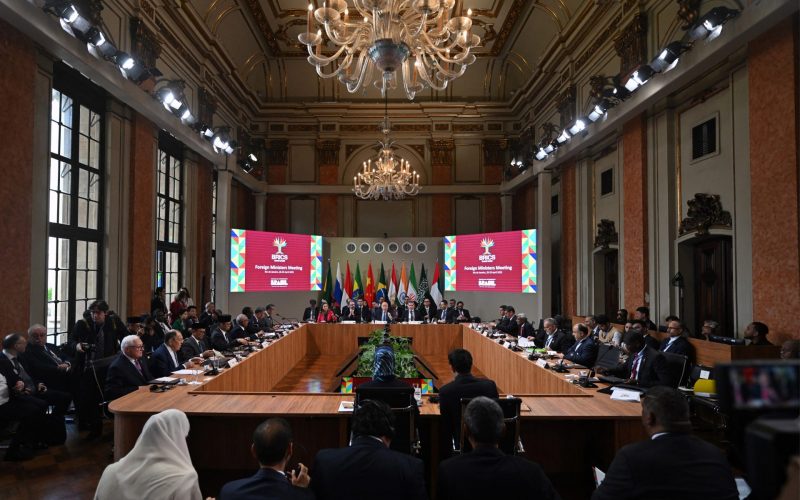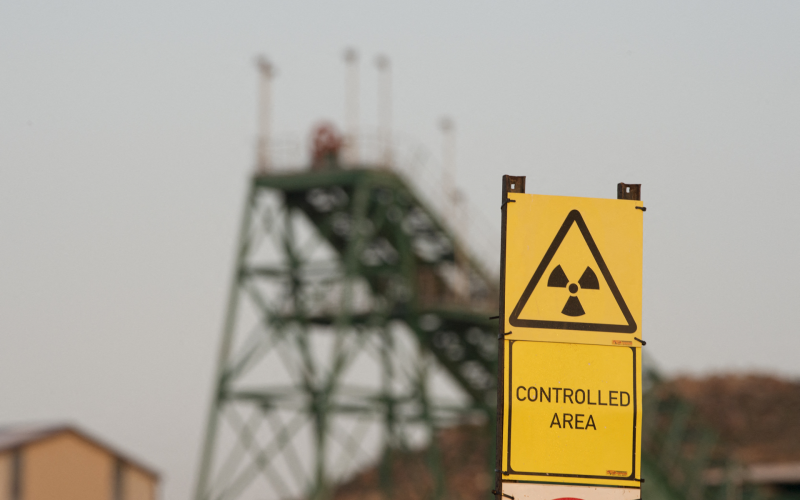The earliest images of conditions on the Kimberley diamond fields depict the harshest labour and racial practices. Indeed, for many, the mining industry in SA set the economic blueprint for apartheid. The monumental struggle between Barney Barnato and Cecil John Rhodes for control of the South African diamond industry should still be prescribed reading for all contemporary CEOs, particularly those engaged in merger and acquisition activity.
The creation of the powerful diamond Central Selling Organisation cartel provides a singular lesson in international entrepreneurship, supported and sustained by collusive governments. The global “A diamond is forever” advertising and marketing campaign is perhaps the most successful and enduring of all time.
Yet in the late 1990s, the diamond industry was struck by an eruption of disclosures that threatened to wash it away in a tsunami of public outrage. International nongovernmental organisations (NGOs) had discovered that up to 4% of the world’s rough diamonds were being used by rebel groups such as Unita in Angola and the brutal Revolutionary United Front in Sierra Leone as currency to purchase weapons and sustain devastating civil wars. Similar accusations were levelled at rebel groups in the Democratic Republic of Congo and at the notorious government of Charles Taylor in Liberia. Thus was born the term “blood diamonds”.
The international NGO Global Witness embarked on a campaign to highlight the trade in “blood diamonds” by dispatching boxes of fake diamonds to key stakeholders with labels pointing out the role rough diamonds, and by extension the diamond industry, were playing in the perpetuation of conflicts in Africa.
The response from governments, the United Nations (UN) and the diamond industry was swift and decisive. The UN imposed sanctions on Angola and Sierra Leone, the diamond industry formed the World Diamond Council to formulate its collective response, and governments began to draft legislation to outlaw and criminalise the trade in “conflict diamonds”. Most significantly, under the auspices of the South African government, a trilateral forum of national governments, the diamond industry and NGOs met in Kimberley in May 2000, out of which emerged the Kimberley Process. By 2003 the Kimberley Process had evolved into a global certification scheme underpinned by national legislation, aimed at effectively eradicating trade in rough diamonds that did not carry a government-issued certificate of origin warranting that the gem was not mined or traded in an area of conflict.
Three years later, the 70-plus member-nation Kimberley Process can claim with some confidence that trade in conflict diamonds, or those with questionable provenance, has been reduced to some 0,2%.
Yet as the Kimberley Process undertakes a three-year review in Gaborone this week, all is not well with the “Kimberlites”, as members call themselves. The three-year report will record a host of achievements, including some 30 peer review visits to producer and trading countries by the process’s multi-stakeholder monitoring committee. Under the chairmanship of Canada, the statistics committee has produced verifiable audits matching government-producer and diamond-trade statistics. Perhaps least acknowledged, but of great significance for the improvement of the governance of Africa’s natural resources, the Kimberley Process has demonstrated the merits of close collaboration between the key stakeholders of government, industry and civil society for the achievement of shared objectives, such as conflict resolution, enhanced governance and sustainable development. So where’s the problem?
The problem is relative weakness. The Kimberley Process is only as strong as it weakest members. For example, recent reports have shown that more than 40 Kimberley Process certificates issued by the Brazilian government have been falsified. After dismissing the NGO report highlighting this practice, the Brazilian government subsequently suspended trade in diamonds and took steps to prosecute those involved. Although still under UN sanctions, rebel movements in Côte d’Ivoire have found ways of secreting rough diamonds across the border into Ghana, which has reportedly continued to certify such diamonds as being compliant.
Furthermore, rough diamonds reportedly continue to fuel rebel activity in the Congo, suggesting patchy or incomplete compliance.
In 2004, the Republic of Congo was suspended from the Kimberley Process due to deliberate misreporting of its rough diamond trade statistics. At the other end of the diamond value chain, despite the efforts of the World Diamond Council, surveys show a lamentable ignorance of the system of warranties designed to plug the leakage of conflict and illicit diamonds into the retail sector. More broadly, hundreds of thousands of artisanal diamond diggers in west Africa, including children, toil under the yoke of acute exploitation in appalling conditions, passing over their gemstones in return for a pittance of subsistence. Too often, former rebel leaders still control the terrain, labour and proceeds of small-scale alluvial mining in west Africa.
Neither governments nor the industry have been oblivious to these problems. Last year, both were instrumental in founding the Diamond Development Initiative to assist in formalising and improving alluvial diamond mining in west Africa, with the long-term objective of harnessing the developmental benefits of diamond production enjoyed by Botswana, Namibia, SA and Tanzania.
The real challenge that confronts the Kimberley Process and its constituent members is whether to move from the current voluntary and self-regulated arrangement to the establishment of an independent, permanently funded, policing, regulatory, advisory, policy-making, technical and auditing body with wide-ranging powers of international enforcement and compliance.
There is fundamental disagreement between governments and NGOs on the way forward, with the industry urging stronger measures and tighter international compliance. Should no consensus be reached between the many stakeholders at the Gaborone plenary this week, the stage is set for a different type of bloody conflict over diamonds.








